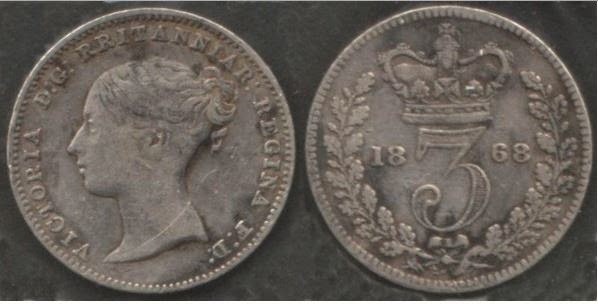The Surrey Infantry Museum
Today I share with many people great sadness at the terrible
destruction of Clandon Park House by the fire yesterday evening. Although not the most beautiful house to look
at from the outside, it contained a stunning collection of beautiful artefacts,
ceilings and its unforgettable marble hall. There are many pictures online of
its lovely rooms including some on my Pinterest page here
 |
| The Corps of Drums of the 1st Battalion of the Queen's Regiment at Clandon Park in 1989 |
Last year I visited an exhibition about the First World War
Hospital which was set up in the house in 1915 and while there I also spent
considerable time in the Surrey Infantry Museum in the undercroft. This contained the collections of the Queen’s
Royal Regiment and the East Surrey Regiment from three and a half centuries of
service. There were uniforms, medals,
musical instruments, flags and pictures from the Indian mutiny, Crimean War,
Boer War and both world wars of the twentieth century.
Here are some of them.
These life sized figures dating from 1715 wear the uniform of the Princess of Wales Regiment and were made when the Regiment was quartered in Carlisle. They carry flintlock musket, sword and socket bayonet. The leather pouch contained three grenades.
Just some of the many medals on display including several Victoria Crosses.
The Sovereign's Colour was presented to the Regiment at Gosport in 1847. The last time it was paraded was in Singapore in 1947,
Update about the Colours
All photos from http://www.queensroyalsurreys.org.uk/new_museum/new_museum.shtml
A year ago soldiers recreated the scene when Clandon was a War Hospital.
A sad story












